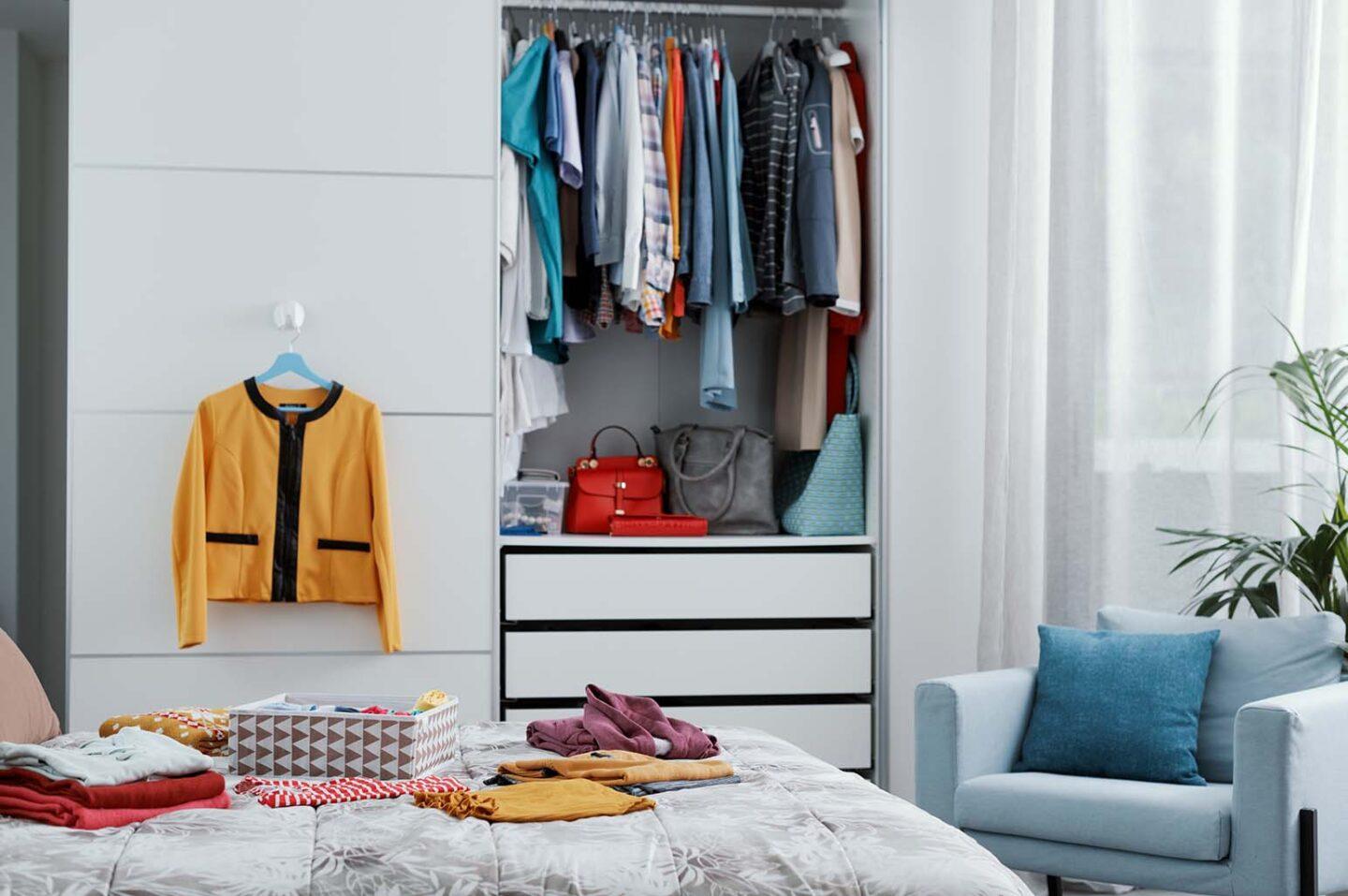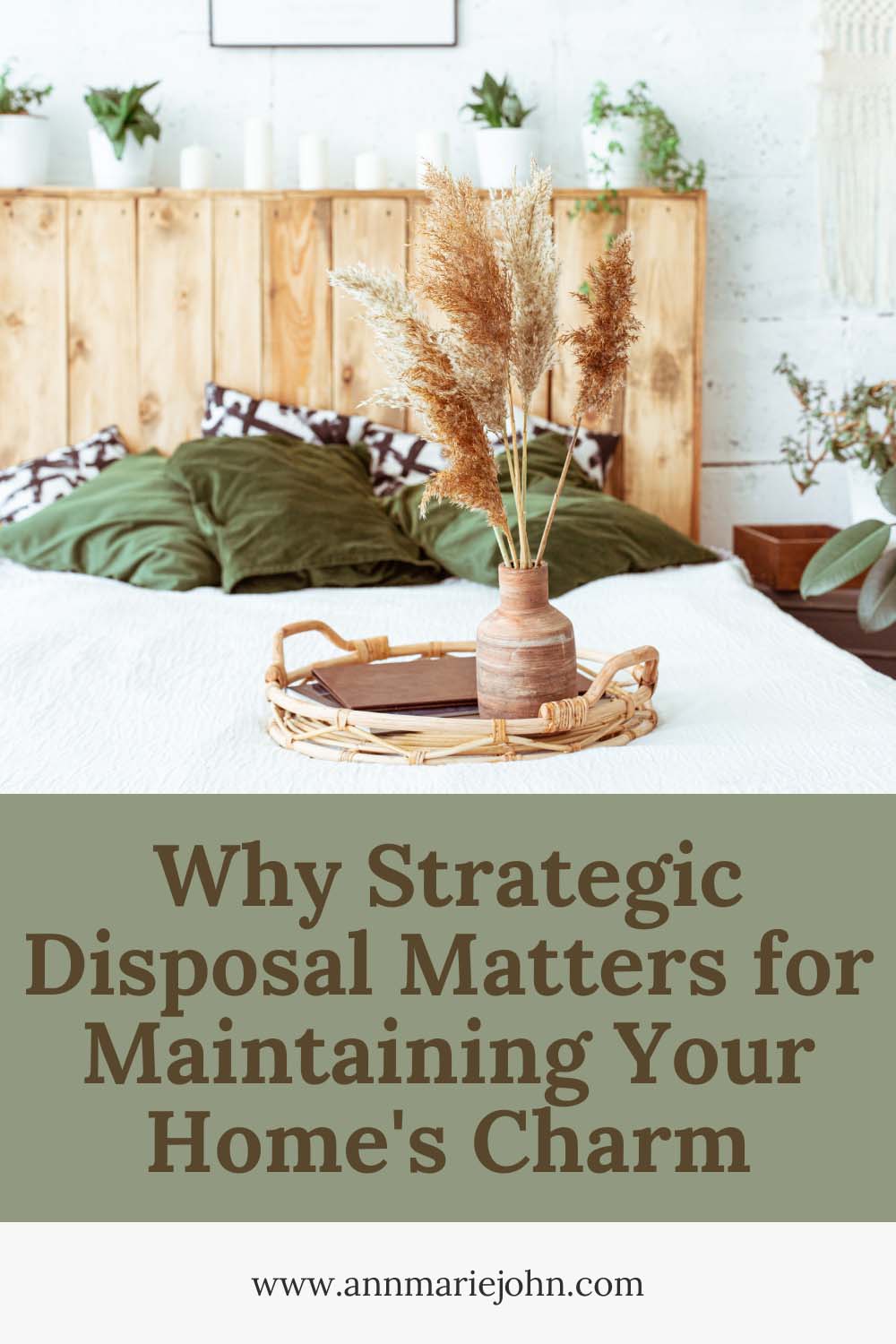When it comes to maintaining your home’s charm and aesthetic, strategic disposal plays an important role. Not disposing of items properly can create eyesores around your property and leave you struggling to keep things looking neat. On the other hand, if you practice effective disposal methods, furnishings and pieces that do not match or complement a space can easily be removed without becoming permanent fixtures with which you have to live forever!

In this blog post, we’ll explore why strategic disposal matters for your home maintenance goals, offering valuable advice on sorting what needs to be kept from what must go. From donating useful furniture items rather than throwing them away needlessly to getting rid of clutter as part of an overall redesign, we’ll provide details of how making regular trips out with the waste bin can help transform any living space into a beautiful environment where style is only one disposable item away!

Common Problems With Disposal
There are several common problems when it comes to disposal. One of the most frequent issues is the lack of a clear plan, leading to the random and haphazard discarding of items. This can result in unwanted clutter, with items piling up in corners of the house, the garage, or even the garden. Some homeowners also struggle with the dilemma of what to do with larger pieces, such as outdated furniture or broken appliances. This is where the questions start, like where to take your old mattress in Pflugerville, what to do with a broken refrigerator in Austin, or where to donate old clothes in whatever city you find yourself in. These uncertainties and lack of knowledge can lead to items being left untouched for months. Informing yourself about disposal options and creating a plan can make all the difference!
Understanding the Impact of Clutter on Home Appeal
Clutter undoubtedly has a detrimental impact on a home’s aesthetic appeal, as it creates a sense of chaos and disarray. A room overwhelmed by clutter can feel smaller, cramped, and less inviting. Moreover, clutter can significantly detract from the overall design scheme of a space, drawing attention away from the carefully chosen furniture and decor. Piles of unwanted items can become an unsightly focal point, overshadowing the aesthetic elements that create a room’s charm and character. Additionally, clutter can also make it more difficult to clean and maintain your home, leading to dust accumulation and a less pristine environment. By tackling clutter through strategic disposal, homeowners can reclaim their space and restore their home’s visual appeal.
Emotional Attachment vs. Practicality in Home Items
Balancing emotional attachment with practicality is often a challenge when deciding which items to keep or discard. Many of us have objects that hold sentimental value but serve little practical purpose, whether it’s a childhood keepsake, a family heirloom, or a piece of furniture from our first home. However, holding onto these items can contribute to clutter and disrupt the aesthetic harmony of our living spaces.
It’s essential to evaluate these emotionally charged items critically, asking questions like: Does this item still serve a purpose? Does it fit in with my current lifestyle and home decor? Can it be repurposed or updated to fit better with the rest of my home? By questioning our emotional attachments and considering an item’s practicality, we can make informed decisions about what to keep and what to dispose of, leading to a more organized and visually appealing home.
Furniture and Decor: Timeless vs. Trends
When considering strategic disposal and maintaining your home’s charm, an essential factor to contemplate is the balance between timeless pieces and current trends in furniture and decor. Timeless pieces, such as a classic Chesterfield sofa or a solid oak dining table, have enduring appeal and can form the backbone of your home’s interior design. They can be easily updated with accessories, colors, and decor items that reflect current trends, ensuring your home remains contemporary without having to regularly dispose of larger furniture pieces.
On the other hand, trend-focused items can add a touch of current style to your home, bringing a sense of freshness and modernity. However, trends can change rapidly, and what’s fashionable now may become outdated in a few years—or even months. Therefore, it’s wise to incorporate trends more through small decor items, like cushions, rugs, or wall art, which can be easily and inexpensively switched out as trends evolve. This approach allows you to keep up with the latest interior design movements without contributing unnecessarily to waste or disrupting the overall aesthetic of your home.
In Conclusion
Strategic disposal is crucial for maintaining your home’s charm and aesthetic appeal. By implementing a clear plan for disposing of unwanted items, evaluating emotional attachments vs. practicality, and balancing timeless pieces with current trends, homeowners can achieve an organized, visually appealing living space that reflects their personal style and preferences.
